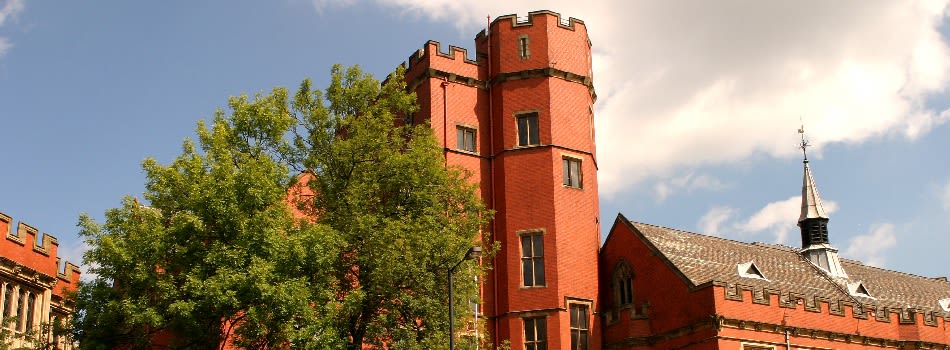Trees are integral part of urban green infrastructure, and are known to deliver a number of important ecosystem services, such as pollution mitigation, cooling through evapotranspiration and reducing building heat gain, and natural flood management. However, trees in urban areas are subjected to unique influences, according to the built environment and anthropogenic drivers. Some of these influences may be negative and induce a stress response, for example air pollution, soil moisture limitation due to encasement, changed light regimes and heat stress. Conversely, other urban drivers may promote increased growth and/or longer growing seasons, for example elevated atmospheric CO2 concentration, atmospheric nitrogen fertilisation or proximity to buildings. There is currently a knowledge gap in how different tree species, in different locations, physiologically respond to these urban influences. Understanding which tree species are more vulnerable to the different urban pressures is central to planning resilient and future-proof green infrastructure that contributes to a sustainable urban environment.
This PhD project will use state-of-the-art remote sensing data, coupled to instrumented sensor networks and field measurements to improve our understanding of the structure, function and health of urban treescape in Sheffield. The project will use two existing sensor networks currently collecting data across Sheffield on 1) tree physiological function, and 2) air quality (the Urban Flows Observatory air quality network). These data will be used in conjunction with remote sensing data sampled from sensors (thermal, hyperspectral, LiDAR) mounted on board a ground-based Multi-spectral Advanced Research Vehicle, to create street-level maps of Sheffield’s treescapes. Using remotely sensed proxies for tree stress, water and carbon fluxes over the instrumented tree network and wider treescape in grey, and green infrastructure will reveal how the built environment affects urban trees and the delivery ecosystem services across complex urban landscapes.
The specific objectives of the project are:
1) to create street-level spatially continuous maps of tree physiological health from remote sensing data sampled from the Multi-spectral Advanced Research Vehicle;
2) to elucidate the impacts of different urban anthropogenic and built environment drivers on tree carbon uptake, transpiration rate and phenology;
3) to establish the most resilient tree species within the built environment to maximise ecosystem service benefits.
The student will use a novel combination of plant physiology and remote sensing methods to understand how the built environment affects the structure and function of urban trees. The ideal candidate will have essential experience in computer programming (preferably Python or similar), image processing and remote sensing, with a background in environmental or plant science desirable. The student will be based in the Department of Animal and Plant Sciences (APS) at the University of Sheffield, with supervisors Dr. Holly Croft (APS), Dr. Danielle Densley Tingley (Civil and Structural Engineering) and Dr. Jill Edmondson (APS).

 Continue with Facebook
Continue with Facebook





